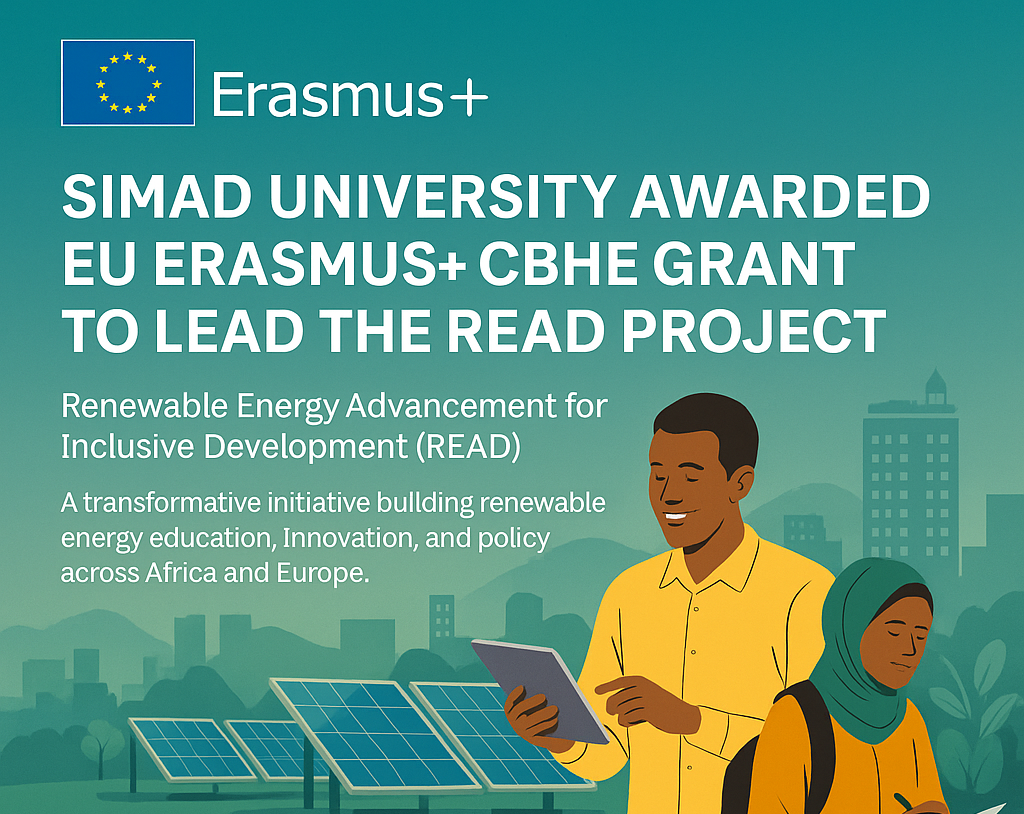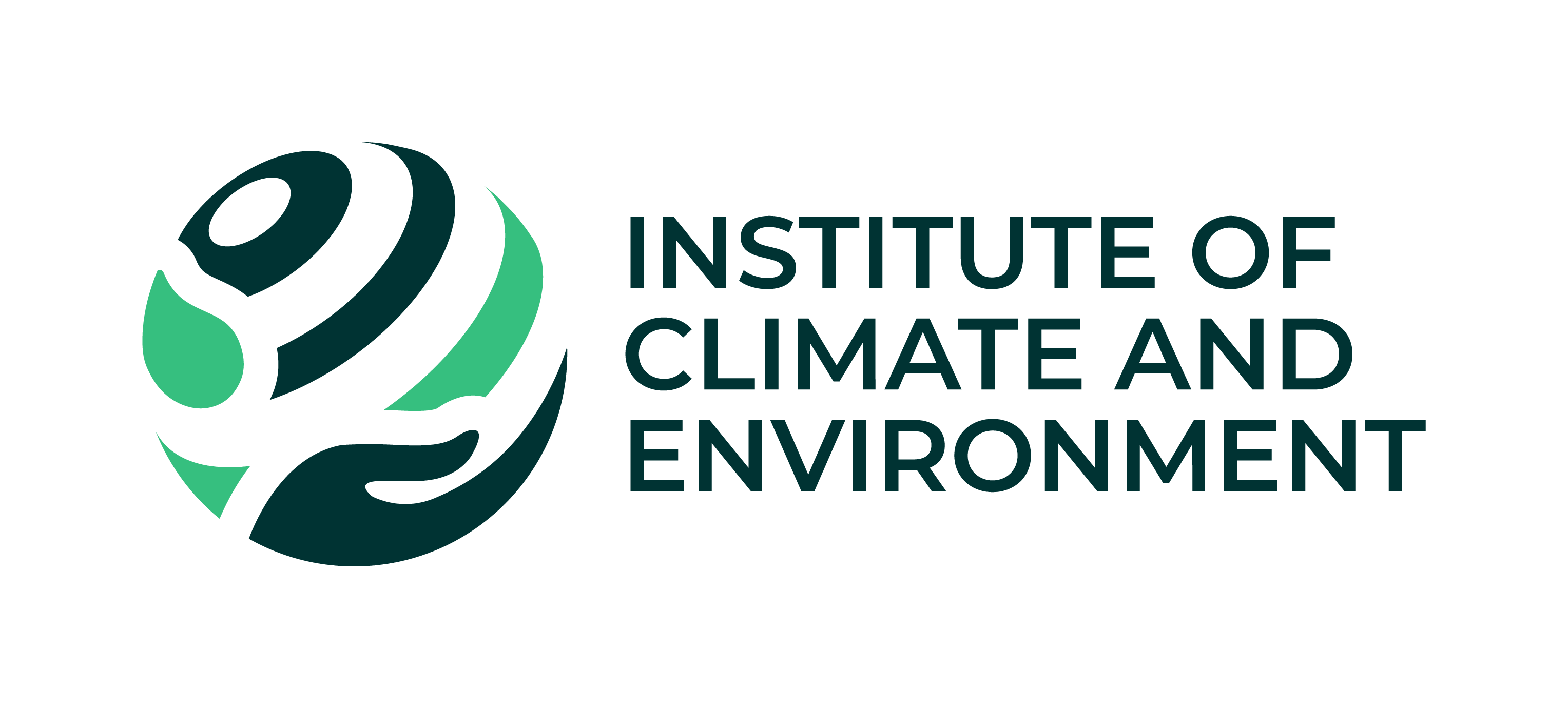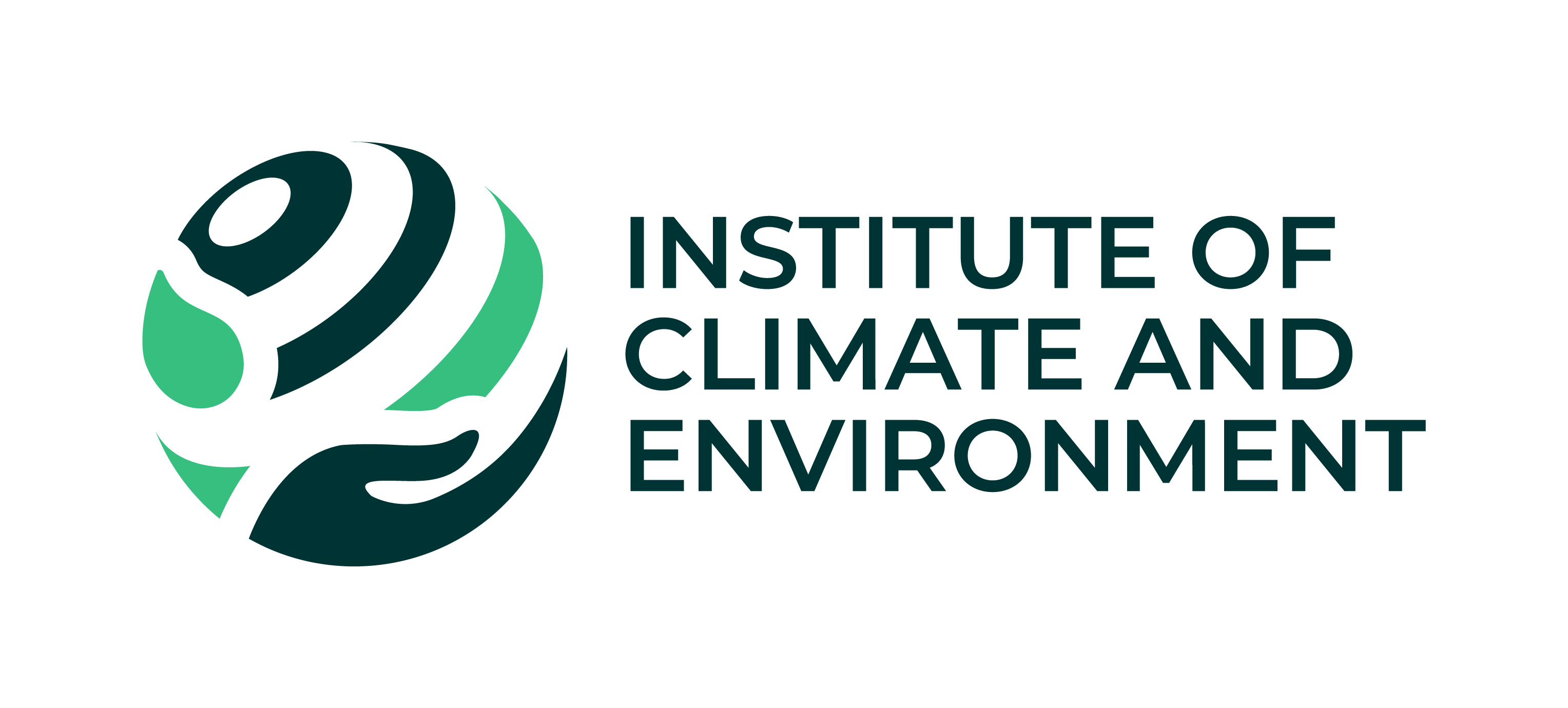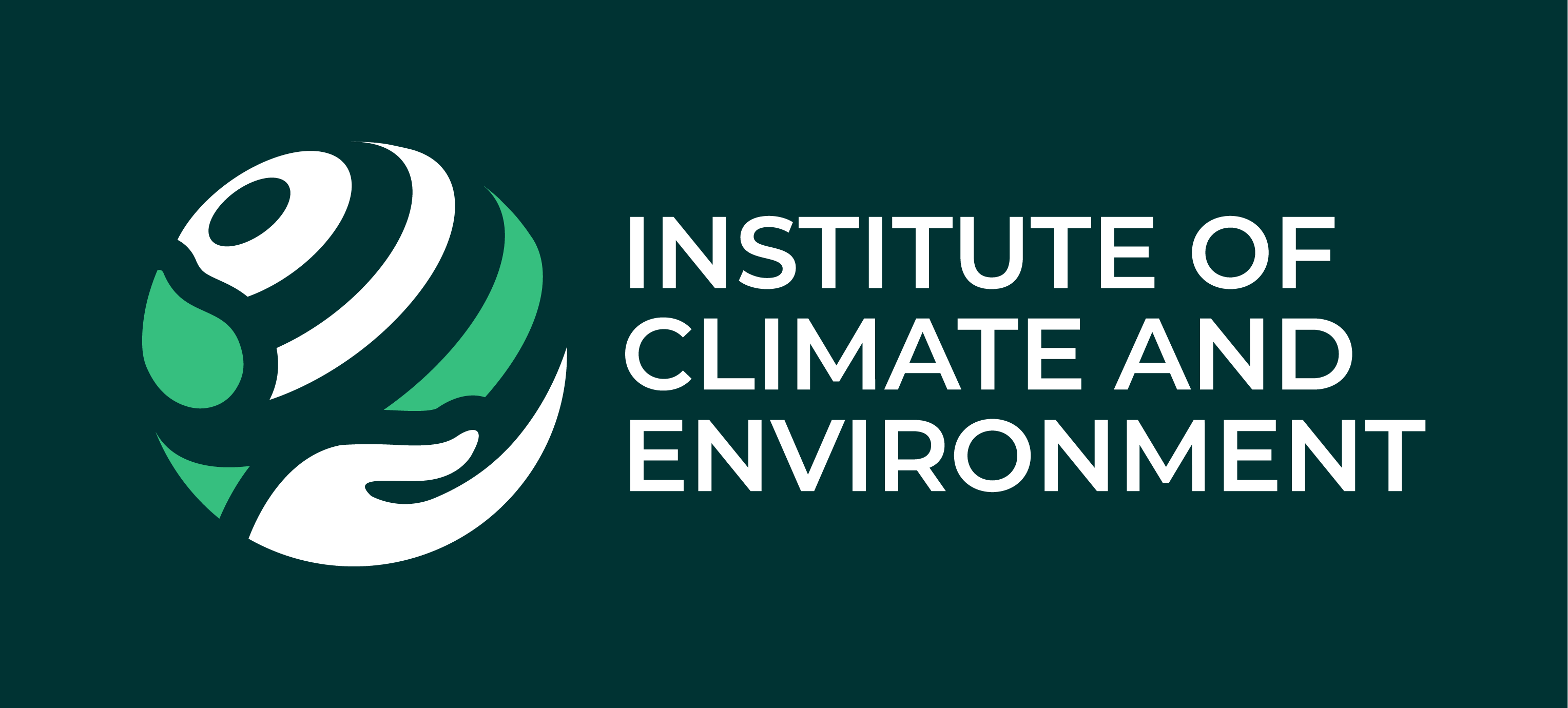
SIMAD University Wins EU Erasmus+ Grant to Lead Green Energy Education Across Africa
In a landmark achievement for higher education and climate action in Somalia, SIMAD University has been awarded a prestigious Erasmus+ Capacity Building in Higher Education (CBHE) grant from the European Union. The funding supports the launch of the READ Project – Renewable Energy Advancement for Inclusive Development – a transformative initiative aimed at accelerating renewable energy education and innovation across Sub-Saharan Africa.
Coordinated by SIMAD University, the READ Project positions Somalia as a leader in building the future of clean energy in Africa, through a powerful South-North academic consortium. Winning this competitive EU grant is not just a recognition of SIMAD University’s institutional excellence, it is a national milestone. It marks the first time a Somali university is leading a multi-country EU-funded project focused on renewable energy, education, and sustainable development.
“This project represents a turning point for Somali higher education. It is about climate leadership, youth empowerment, and building a greener economy for future generations,” said Mohamed Okash, Project Coordinator and Director of the Institute of Climate and Environment at SIMAD
Over the course of 3 Years, the READ Project will:
- Develop cutting-edge renewable energy curricula tailored to the realities of Sub-Saharan Africa.
- Train faculty and researchers in both pedagogy and the latest energy research methodologies.
- Create partnerships between universities and the private sector, facilitating internships
- Engage policymakers and civil society through dialogues, publications, and outreach events.
- Support policy advocacy and uptake through national and regional forums.
In a continent rich with sun, wind, and youthful talent, the READ Project is building the bridges needed to transform natural potential into sustainable progress. Through collaborative education and cross-border research, it’s not just responding to today’s energy crisis—it’s shaping tomorrow’s green economy.







